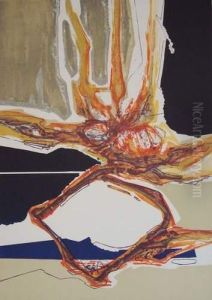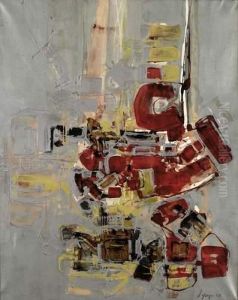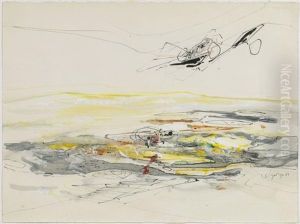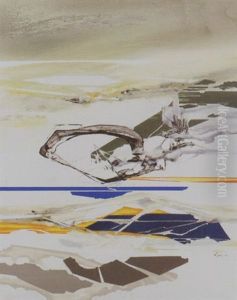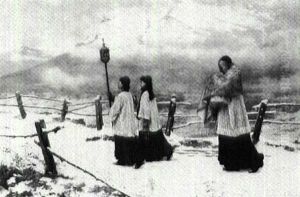Georges Claude Paintings
Georges Claude was a French engineer and inventor, born on September 24, 1870, in Paris, France, and died on May 23, 1960, in Saint-Cloud, France. He is best known for his invention of the neon light, which revolutionized advertising and signage in the early 20th century. Claude's education was rooted in engineering and chemistry, fields that he later applied to his work in lighting and refrigeration.
Claude began his career by focusing on the liquefaction of air, founding L'Air Liquide in 1902, a company that became a major producer of industrial gases. His work in liquefying air led him to discover neon in 1902 when he applied an electrical discharge to a sealed tube of neon gas, producing a bright red glow. This discovery paved the way for the first neon lamp, which he presented at the Paris Motor Show in 1910. The novelty and efficiency of Claude's neon lighting quickly caught on, and by the 1920s and 1930s, neon lights had become a ubiquitous symbol of modernity and the fast-paced life of cities, especially in the United States.
In addition to his work with neon lighting, Georges Claude held over 100 patents on various inventions, including improvements in the areas of refrigeration and the liquefaction of gases. Despite his successful career as an inventor, Claude's political affiliations and activities during World War II overshadowed his later life. He was a supporter of the Vichy regime, and after the liberation of France, he was convicted of collaborating with the enemy, which led to a period of imprisonment.
Despite the controversies surrounding his political views, Georges Claude's contributions to science and technology, particularly in the development of neon lighting, have left a lasting legacy. His work transformed urban landscapes around the world, making neon an enduring symbol of the 20th century's technological advancement and cultural vibrancy.
